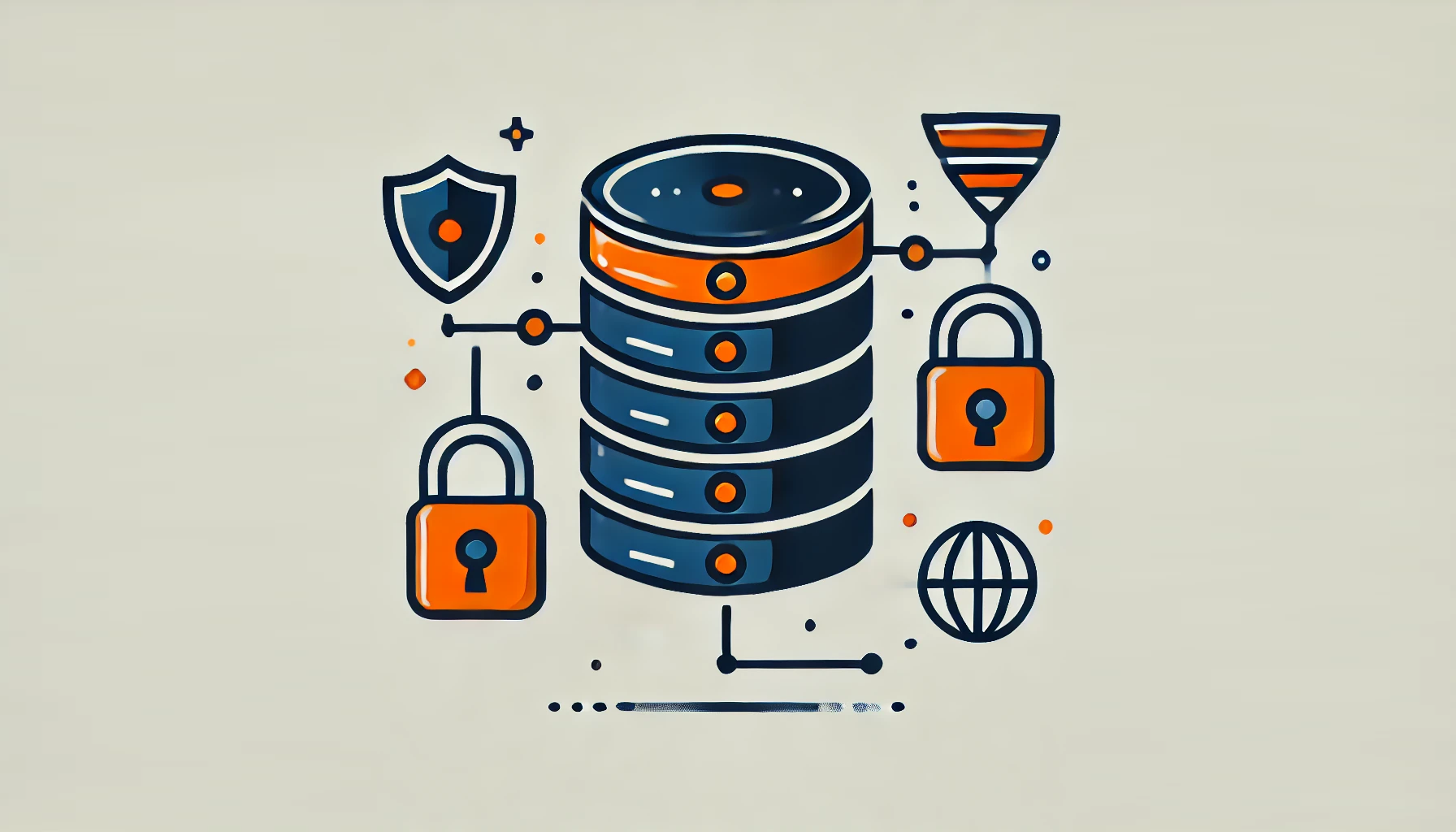
How to Implement Data Masking in MariaDB for Enhanced Security

Data protection is crucial for businesses of all sizes. MariaDB, a popular open-source database management system, offers robust features to safeguard your valuable information. One essential technique is data masking for MariaDB. This article will explore how data masking works, its benefits, and how to implement it in MariaDB.
What is Data Masking?
Data masking is a security method that replaces sensitive data with fictional but realistic information. It helps protect confidential details while maintaining the database’s functionality. This technique is vital for companies handling personal, financial, or sensitive data.
MariaDB data masking offers several advantages for organizations. It enhances security by reducing the risk of data breaches. It helps meet regulatory requirements like GDPR and HIPAA.
Developers can work with realistic data without exposing actual customer information. It also allows for easier data sharing between departments or with external partners.
How Data Masking Works in MariaDB
MariaDB data masking uses various techniques to obscure sensitive information. Substitution replaces original data with fictitious but plausible values. For example, it might change real names to randomly generated ones.
Shuffling rearranges existing data within a column. It maintains data distribution but makes it impossible to identify specific individuals.
Some data masking solutions use encryption to protect sensitive fields. This approach ensures that only authorized users can access the original information. Redaction replaces parts of the data with asterisks or other characters. Useful for partially hiding information like credit card numbers.
Implementing Data Masking in MariaDB
To set up data masking for MariaDB, start by identifying the columns containing confidential information. This might include names, addresses, social security numbers, or financial data. Next, choose the appropriate masking methods for each data type. For instance, use substitution for names and shuffling for addresses.
DataSunrise offers both static and dynamic data maskings for a wide variety of databases, including MariaDB. Define rules that specify how to mask each column. These rules determine what the masked data will look like.
Use MariaDB’s built-in functions or third-party tools to apply the masking rules to your database. After masking, you should test the database to ensure it functions correctly and properly conceals the sensitive data.
Best Practices and Challenges
To make sure your data masking works well, always mask the same data in the same way on all instances. This maintains referential integrity and prevents data conflicts. Review and update your masking rules to address new security threats and changing compliance requirements.
Implement strong access controls to prevent unauthorized users from viewing or modifying masked data. Maintain detailed logs of all data masking activities to track changes and investigate any potential security issues.
Data masking can increase processing time, especially for large databases. Schedule masking operations during off-peak hours to minimize impact. Some masking techniques may increase storage needs, so plan your infrastructure accordingly. Masked data might affect query performance, so optimize your database design and indexing strategy to mitigate any slowdowns.
While data masking offers numerous benefits, it also presents some challenges. Ensuring that masked data preserves the relationships between different tables can be complex. Finding the right balance between protecting sensitive information and maintaining data usefulness for testing and analyzing can be tricky. Staying compliant with evolving data protection laws requires ongoing vigilance and updates to masking strategies.
Future of Data Masking in MariaDB
As data protection becomes increasingly important, we can expect to see advancements in MariaDB data masking. Future tools may use AI to automatically identify sensitive data and apply appropriate masking techniques. Real-time masking can show different data levels to users based on their access rights.
MariaDB data masking solutions will likely work well with popular cloud platforms as more businesses adopt cloud services. These developments will further enhance the security and efficiency of data protection measures.
Conclusion
Data masking for MariaDB is a powerful tool for protecting sensitive information while maintaining database functionality. By using strong masking techniques and following guidelines, organizations can improve data security, meet regulations, and protect valuable information assets. MariaDB data masking is important for protecting sensitive data as threats change and rules become stricter.
